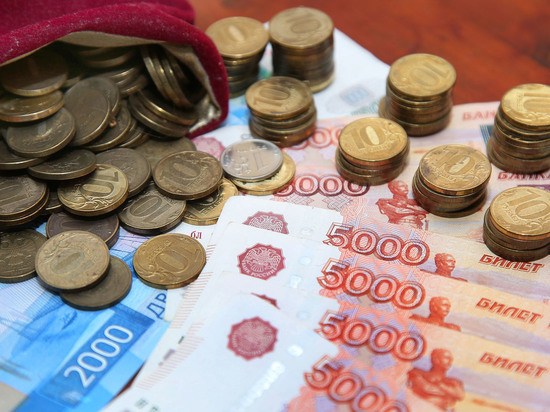Vladimir Mau: “The federal budget will remain socially oriented”
[ad_1]

Rector of RANEPA evaluated the draft of the main financial document of the country
“First of all, it must be emphasized that the policy of the monetary and budgetary authorities of the Russian Federation has fully confirmed its effectiveness: the stability that the economy of our country demonstrates has become possible thanks to the highly responsible budgetary and monetary policy of the past years, which invariably found support in the State Duma.
The federal budget for the upcoming three-year period is being formed in conditions of unprecedented uncertainty, both in terms of geopolitical conditions and macroeconomic processes. And the main economic task of the Government in these conditions is to maintain budgetary stability.
The forecast of the Ministry of Economic Development, which forms the basis of the budget, for the most part looks balanced and takes into account key domestic and global trends. The assessments of the prospects for the oil and gas industry (production, refining, export, prices), manufacturing industries, and development trajectories of individual regions look fair.
One of the most important features of the budget is the weakening of rent dependence. Oil and gas revenues are down 3 p.p. GDP by 2025 compared to the current year, or more than a third in real terms. In the short term, of course, this is a problem, but this is an extremely important structural shift – strategically very important and progressive. It is also worth noting the state’s efforts to diversify energy exports: they contribute to the emergence of potential positive forks in the Russian energy sector, for example, the possibility of full or partial redirection of exports to other countries. Revenues not related to oil and gas, in the period under review, demonstrate relative stability, fluctuating within 11.4-11.6% of GDP.
The draft federal budget is also important because it must solve the problems of mobilizing the national economy in a functioning market economy. The experience of history teaches that the mobilization economy, as a rule, accelerates the introduction of new institutions and technological solutions that have matured, but have not yet become dominant. The most important task therefore becomes the ability to distinguish between, on the one hand, forced measures as a response to current challenges, and, on the other hand, new long-term trends, both institutional and technological. Currently, long-term measures include increasing the role of the state in the economy and universal digitalization.
The budget includes tax innovations that deserve support in the current conditions. Moreover, despite the tension of the geopolitical situation, the government does not allow the growth of taxes levied on citizens.
The federal budget will remain socially oriented – all social obligations assumed by the state will be implemented in full. Thus, the share of spending on social policy in total spending will increase by almost 10% compared to 2022. A significant increase in spending on social policy (by 20%) is planned. Moreover, social spending will continue to grow, for which the appropriate funds have been reserved in the budget.
Public debt is growing insignificantly – from 16.0% of GDP in 2022 to 17.5% of GDP in 2025, that is, it remains at a safe level both in size and structure. This level of debt remains the envy of most countries in the world. Moreover, the share of external debt in it will continue to decline – from 19.3% to 16.5%.
Forecast values of the parameters of subfederal budgets for the period 2023–2025 formed based on the position of “cautious optimism”: a fairly high level of budgetary balance is expected at the sub-federal level.
Thus, the dynamics of the main parameters of the federal budget, the volume of borrowings and public debt testifies to the preservation of budgetary stability in the coming three-year period. Federal budget expenditures in nominal terms during 2022-2025 also remain stable at a level of just over 29 trillion rubles. When carried out in 2023-2025. optimization measures, it is important to prevent a reduction in production costs in real terms compared to those achieved in 2020-2022. level. In the current conditions, this is, in fact, the only possible approach to budgeting.”
Vladimir Mau
[ad_2]
Source link






